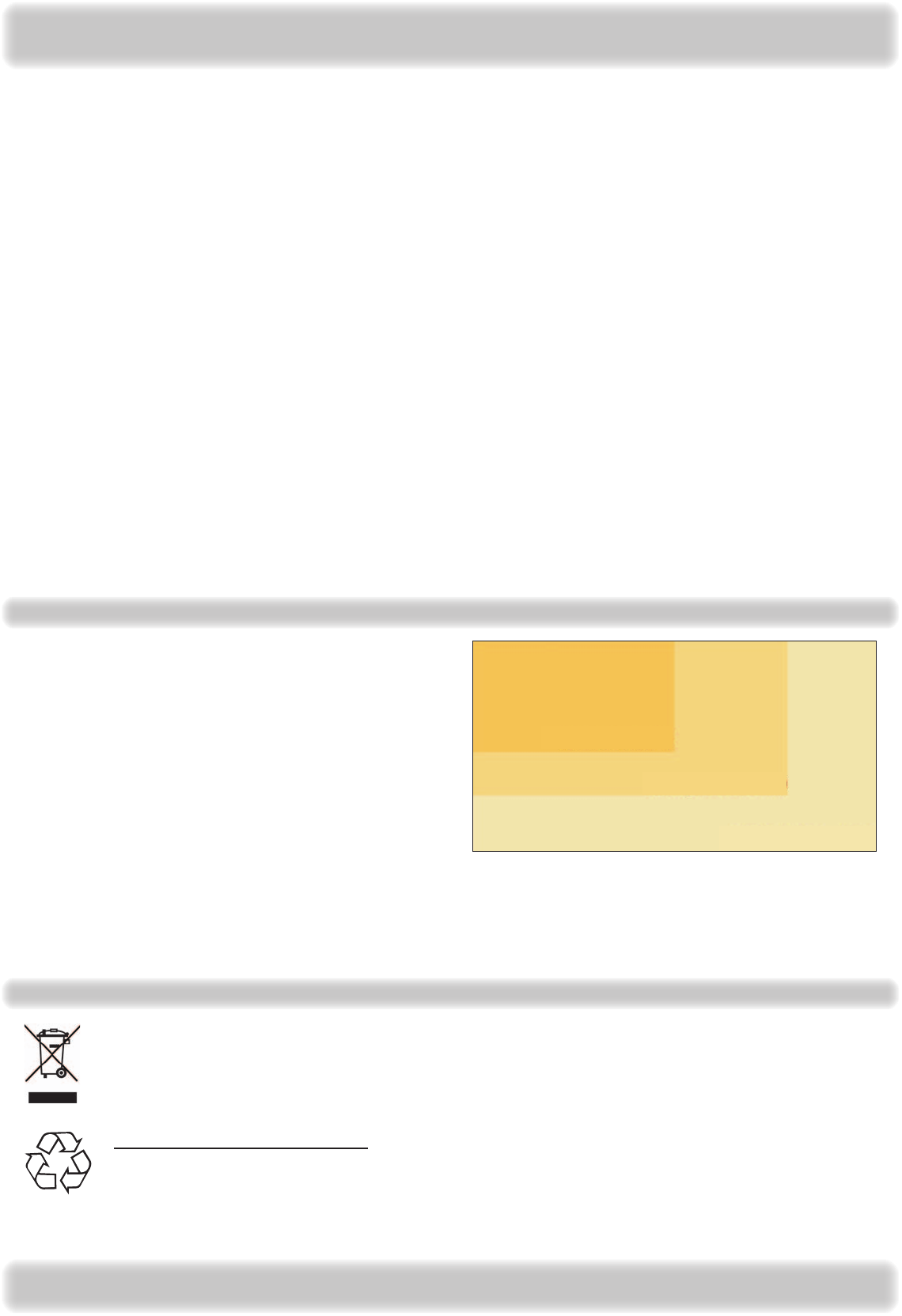
2
Dear customer,
this Operating Manual is intended to help you make the fullest use of the extensive range of functions offered by your new
receiver.
We have tried to make the operating instructions as easy as possible to understand, and to keep them as concise as
possible. To help you understand particular specialist terms that cannot be translated, we have added a short glossary at
the end of the manual.
In the contents on the next page you will see the main headings of the respective chapters of this operating manual. At the
beginning of each chapter we have also provided a short list summarising the points that are covered in that chapter.
If you need to nd a particular sub-section within a chapter, you can look it up in the comprehensive index at the end of this
operating manual.
The power switch is an environmentally friendly feature. If you will not be using your receiver for an extended period, you
should use the power switch to disconnect it from the power supply and save energy. For shorter breaks, you can use the
remote control to switch the receiver to standby, which uses only a minimal amount of energy.
We want you a good reception and hope you will enjoy using your new HDTV receiver.
Your
KATHREIN team
Preface
Difference between PAL and HDTV
The difference between PAL and HDTV
“High denition television” is characterised by a signicantly
higher number of picture lines on the TV set. The usual
European standard PAL achieves a resolution of 576
lines vertically and 720 lines horizontally. High-resolution
TV sets have resolutions up to ve times higher and thus
provide more detail sharpness and plasticity than TV to the
usual PAL standard.
A HDTV picture can contain up to ve times as many picture
points, i.e. approximately 2 million pixels, compared to a
conventional PAL picture with only approximately 400,000
pixels.
Worldwide, there are currently two HDTV standards based on the two formats 1080i and 720p. The two standards differ in
the number of picture lines and in the transmission procedure. For the human eye, the difference between the two HDTV
standards is hardly perceptible, however; in comparison to the PAL system, moving pictures look much more dynamic.
Transmission technology and reception equipment will be able to handle both standards in the future.
Electronic equipment is not domestic waste - in accordance with directive 2002/96/EC OF THE
EUROPEAN PARLIAMENT AND THE COUNCIL dated 27
th
January 2003 concerning used electrical
and electronic appliances, it must be disposed of properly.
At the end of its service life, take this unit for disposal to an appropriate ofcial collection point.
Disposal Instructions
Spent batteries are special waste!
Do not throw spent batteries into your domestic waste; take them to a collection point for used
batteries!
PAL 720 x 576
720p 1280 x 720
1080i 1920 x 1080


















